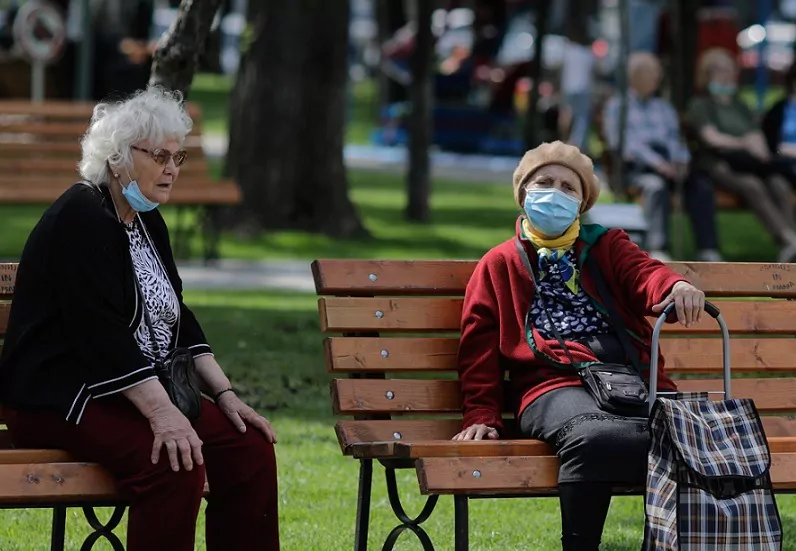Romania’s resident population was 19,186,000 on 1 January 2021, down by 142,600 persons compared to 1 January 2020, the main reason for this decrease being the negative natural increase, and the second reason being the emigration phenomenon. The urban population and the female population are in the majority (53.6% and 51% respectively), data from the National Institute of Statistics (INS) show. The phenomenon of demographic ageing continues to worsen, rising to 123.9 elderly people for every 100 young people under 15.
Urmărește mai jos producțiile video ale Economedia:
- articolul continuă mai jos -
“On 1 January 2021, the resident population was 19,186,000 persons, down by 142,600 persons compared to 1 January 2020. The main cause of this decrease is the negative natural increase (the number of deaths exceeded the number of live births by 120,273 persons). The urban population and the female population are in the majority (53.6% and 51% respectively),” INS data show, quoted by News.ro.
The resident population comprises all persons (Romanian, foreign or no citizenship) who have their usual residence in Romania for at least 12 months.
The phenomenon of demographic ageing continues to increase (rising to 123.9 elderly persons for every 100 young people under 15), with the gap between the elderly population aged 65 and over and the young population aged 0-14 reaching 715,000 persons (3,707,000 compared to 2,992,000 persons), up from 630,000 persons on 1 January 2020.
The demographic dependency ratio has increased from 53 to 53.6 young and elderly persons per 100 adults.
The balance of long-term temporary international migration was negative (-28,825 persons).
On 1 January 2021, the urban resident population was 10,286,000 persons, down 1.6% from 1 January 2020. The female population on 1 January 2021 was 9,795,000 persons, down 0.7% from the same date of the previous year.
The process of demographic ageing has deepened, with an increase in the share of the elderly population (aged 65 and over) compared to 1 January 2020. The demographic ageing index increased from 120.8 (on 1 January 2020) to 123.9 elderly persons per 100 young persons (on 1 January 2021).
The share of the population aged 0-14 in the total population decreased by 0.1 percentage points (from 15.7% in 2020 to 15.6% on 1 January 2021), while the share of the population aged 65 and over in the total population increased by 0.4 percentage points (from 18.9% in 2020 to 19.3% on 1 January 2021). Thus, the demographic dependency ratio increased from 53 (on 1 January 2020) to 53.6 young and elderly persons per 100 adults (on 1 January 2021).
“Romania continues to be a country of emigration, with emigration being the second main cause of the country’s population decline. The balance of international migration in 2020 was negative, with the number of emigrants exceeding the number of immigrants by almost 29,000 people. During 2020, men emigrated at a higher rate than women (54.1%). And among immigrants, men were in the majority (60.5%),” INS data show.

 Sursa foto: Inquam Photos/George Călin
Sursa foto: Inquam Photos/George Călin





























